No matter how experienced a driver you are, it’s always a scary moment when you encounter wildlife on the road. Facing animals while traveling is not only dangerous, but commonly comes as a surprise to the driver. With these five helpful safety tips you can stay safe and avoid any accidents with nature’s wildlife.
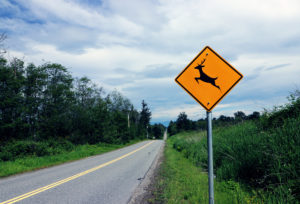
1. Reduce Your Speed
Although reducing your speed seems like one of the most common ways to avoid an accident, it is one of the most important. Animals are unpredictable, it doesn’t matter if it is a high traffic area, or on a backroad, you never know when one will decide to jump out in front of you. Slowing down and driving at lower speeds will give you numerous advantages to avoid an accident. It will give you more time to assess the situation, more time to see the oncoming object, and more time to react.

2. Anticipate
One of the best ways to prevent an accident with wildlife is to envision what you would do if a wild animal were to run out in front of you. Using the “What if?” method to help mentally prepare yourself for that kind of situation can help you react safely if the situation ever occurs. No one is ever expecting an animal to run out in front of you but being prepared for the possibility is always better.
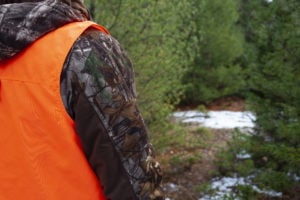
3. Be Aware of Wildlife’s Most Active Months and Times
A great way to avoid accidents involving wildlife is knowing which animals to watch for and when to watch for them. In New England the high-risk animals are deer, turkey, and moose. These three animals have a few similarities that make them a higher risk. For example, they have long mating periods, highly participated hunting seasons, move in herds, and tend to travel at times of poor visibility. More specifically, deer mate throughout the fall, but are still prone to accidents year-round, turkey mate in the spring, and moose mate in the early fall. Not only will they be active during these months because of mating season, but they will be on the move to avoid hunters. These animals also usually move in groups or herds. This means that if you see one of these animal’s cross the road there is a strong chance another is about to do the same. Lastly, know the time of day you are traveling and when these animals are likely to be as well. Deer, turkey, and moose all travel at times of the day that are hardest for drivers to see. These times are often referred to as “Dawn and Dusk,” taking place from 4:00 AM–8:00 AM, and 4:00 PM–10:00 PM.
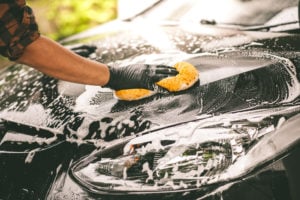
4. Maintain Your Vehicle
A commonly forgotten aspect of preventing wildlife accidents is maintaining your vehicle. If your vehicle hasn’t been properly maintained and is not in good working condition, then it can lead to a dangerous situation. Not only do you have to maintain brakes and other major mechanical aspects, but maintaining simple things are vital to your safety as well. For example, keeping your headlights, taillights, turn signals, mirrors, windshield, and windows clean can help increase your visibility, help alert others, and give you a better chance at avoiding any potential accidents.

5. Flash Your Lights
Have you ever heard the saying “Caught like a deer in the headlights?” That saying comes from deer becoming mesmerized by the headlights of a vehicle, causing them to freeze and not know what to do. A great solution to this problem is to flash your headlights and honk your horn. This will help break the trance that deer or other wildlife are in when they see the steady shine of headlights. As well, high beams are an important part of avoiding an accident with an animal, having brighter lights and an increased area of visibility will help give you another advantage to see and avoid any potential wildlife.
___________________________________________________________________
This article is for general informational purposes only and is not to be relied upon or used for any particular purpose. Cross Insurance shall not be held responsible in any way for, and specifically disclaims any liability arising out of or in any way connected to, reliance on or use of any of the information contained in this article. The information contained or referenced in this article is not intended to constitute and should not be considered legal, insurance, accounting or other professional advice, nor shall it serve as a substitute for the recipient obtaining such advice. The views expressed in this article are that of its author and do not necessarily represent the views of Cross Financial Corp. and its subsidiaries and affiliates (“Cross Insurance”) or Cross Insurance’s management or shareholders.
